Rubber roof defects
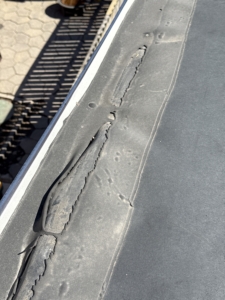 Rubber roofing systems, or EPDM, have been successfully used on residential roofs for over 40 years. Low sloping or flat roof surfaces that provide challenges for traditional roofing system are easily overcome by a rubber roof. Take ponding for example. A traditional roll roof or tar build up roof can suffer adversely from water that lays (ponds) on the surface whereas a rubber roof can withstand this condition.
Rubber roofing systems, or EPDM, have been successfully used on residential roofs for over 40 years. Low sloping or flat roof surfaces that provide challenges for traditional roofing system are easily overcome by a rubber roof. Take ponding for example. A traditional roll roof or tar build up roof can suffer adversely from water that lays (ponds) on the surface whereas a rubber roof can withstand this condition.
Much of what goes into a quality rubber roof installation is dependant upon the professional who installs the system. As with most premium products, the manufacturer provides detailed instructions on their product. Adherence to these instructions will make the difference between a roof that performs well and one that fails under real-life conditions. More often than not a residential system has been installed by someone who does not follow the manufactures instructions.
I have seen many rubber roof installations installed poorly. These roof installations will fail early and be a constant source of leakage over time, entailing expensive repairs. The pictures below were from a recently inspected roof where the installation was particularly poor.
Below: The rubber here was not glued down, the seams were not sealed, and the edges were not sealed.
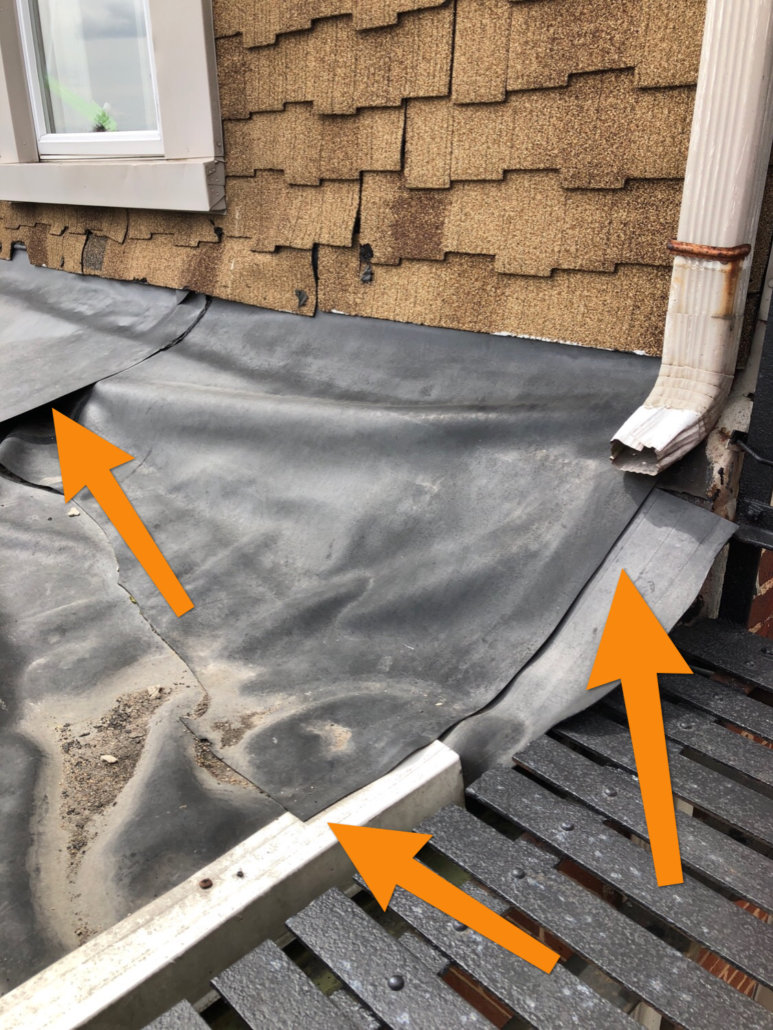
In the next photo: The rubber here was not terminated properly at the wall, and not sealed at the joint.
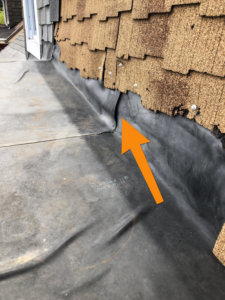
Below: The rubber edging was not sealed and the joint at the corner was left flapping in the wind.
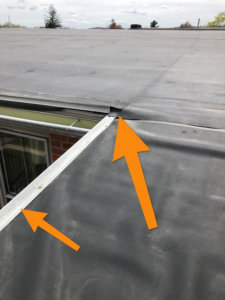
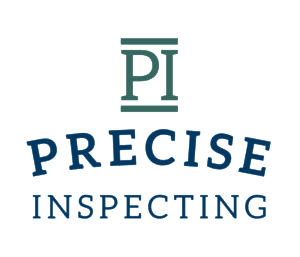
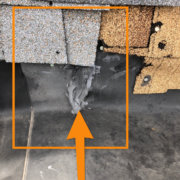



Leave a Reply
Want to join the discussion?Feel free to contribute!